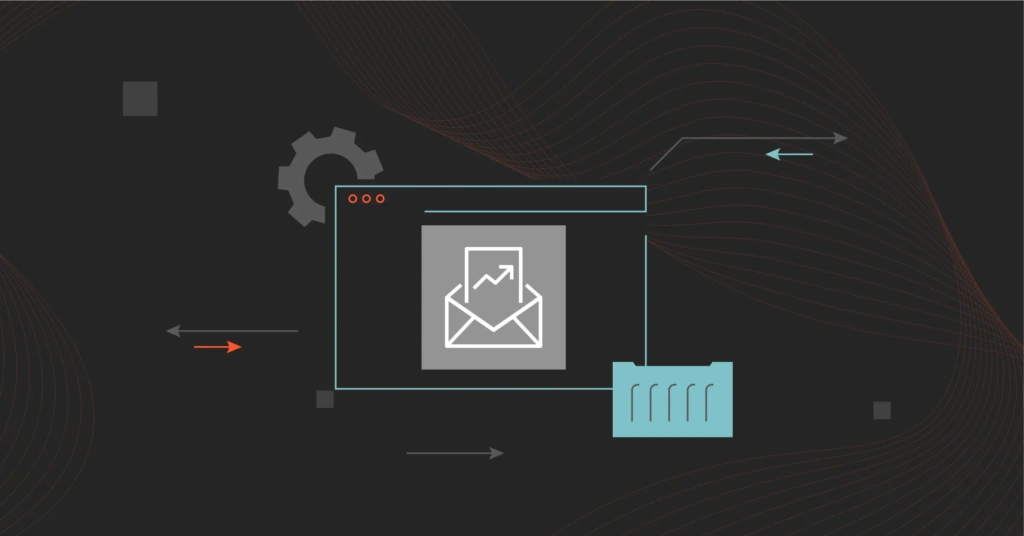Amazon Web Services (AWS) offers several native tools for reporting and cost optimization. Among them is AWS Budgets, a service that enables users to set spending and usage limits on their AWS resources. It also schedules reports with regular updates on actual or forecasted costs, ensuring users are informed of usage.
However, AWS Budgets is a budgeting tool and has limitations when it comes to comprehensive AWS cost control.
This guide introduces you to the best alternatives to AWS Budgets available today.
Read our AWS Budgets 101 guide to learn more about how the service works.
Why Consider AWS Budgets Alternatives?
Consider this. AWS Budgets focuses on current and future cost forecasts but lacks detailed historical data. Without this, users may struggle to see long-term spending trends. This limits efforts to optimize resources based on past patterns, making it harder to track cost behaviors over time.
Another challenge with AWS Budgets is that it requires manual adjustments. As business needs change, cloud usage can fluctuate. AWS Budgets doesn’t adapt automatically. This forces administrators to regularly update budget limits to match new usage patterns. Without updates, outdated budgets may trigger unnecessary alerts or provide inaccurate forecasts.
In addition, AWS Budgets can become overwhelmed with alerts in environments with high-cost fluctuations. As a result, users may become desensitized to notifications, causing them to ignore or overlook critical warnings. This can lead to cost overruns going unnoticed.
The best AWS Budgets alternative will address these challenges and offer more capabilities.
1. CloudZero
Most AWS cost optimization tools delay and merge cost data. AWS Budgets, for example, updates costs every 8-12 hours. With CloudZero, you get real-time cost visibility, instantly actionable insights, and hourly reports on all AWS costs.
Another unique aspect of CloudZero is that it attributes costs to specific teams, features, or products. Consider this:

This can help you pinpoint where and how AWS resources are consumed. It also means you can tell exactly which parts of your AWS services are driving costs up. Then, you can optimize your usage to reduce unnecessary spend without sacrificing performance.
CloudZero offers several more unique capabilities:
- Unified cost visibility. CloudZero integrates costs from AWS and other connected services, such as SaaS platforms, to provide a comprehensive view of your total cloud spending.
- Granular cost allocation. CloudZero allocates 100% of your AWS costs. You get detailed and unique insights into your usage. These insights include cost per customer, service, feature, and more. This enables your teams to make data-driven decisions about AWS cost optimization.
- Custom cost views. CloudZero’s cost insights are highly customizable. Users can create cost views and reports that align with their usage patterns.
- Automated cost anomaly detection. CloudZero uses AI/ML to continuously monitor AWS costs and proactively alert your teams to any unexpected spikes or anomalies. It also delivers contextual alerts via Slack so your data teams can pinpoint and fix the source of issues, preventing cost overruns.
- Seamless integration. CloudZero’s AWS integration supports frictionless setup and ongoing cost management without complex tagging or manual cost aggregation.
- CloudZero also uses historical data to forecast costs and analyze trends. This enables businesses to identify patterns in their AWS usage over time, helping them predict future cloud spending.
CloudZero’s cost intelligence works. CloudZero helped NinjaCat reduce its AWS costs by 40%. LawnStarter and Upstart also slashed their cloud storage and operational costs by 55% and $20 million, respectively. Here’s your chance, too.  .
.
2. AWS Cost Explorer
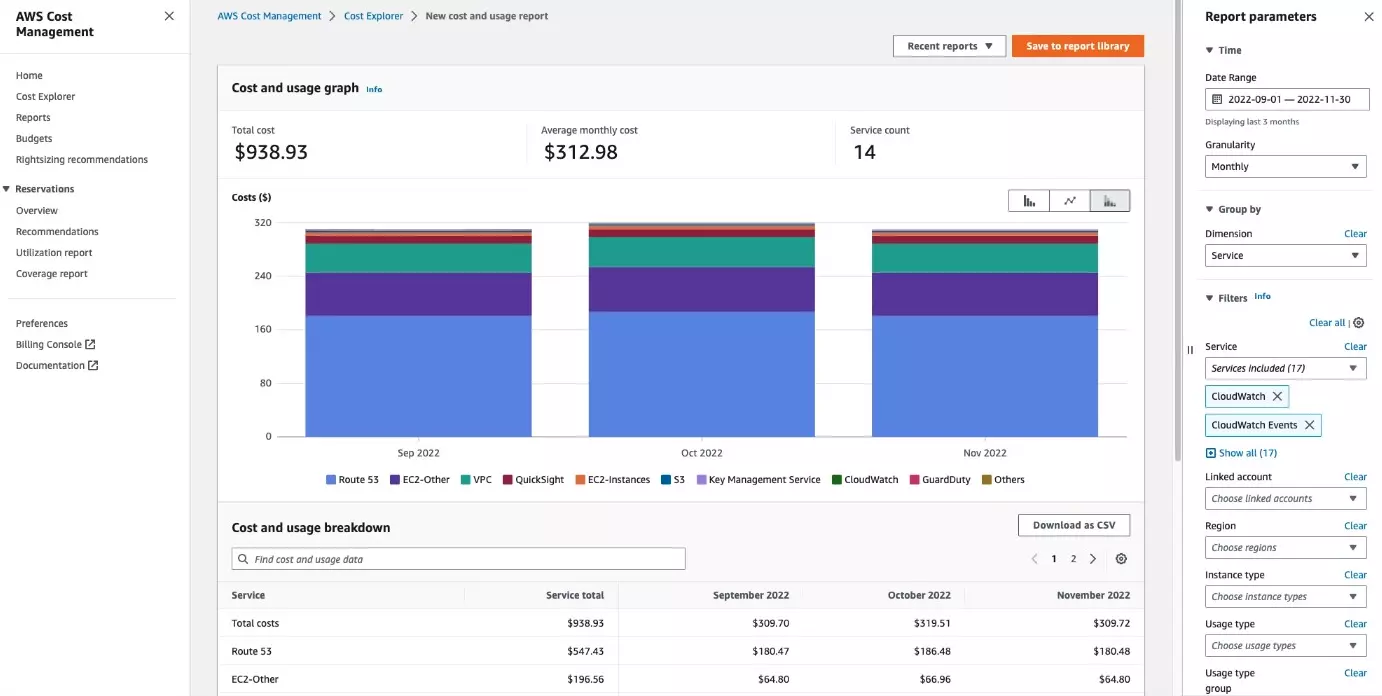
AWS Cost Explorer and Budgets offer similar functionalities for monitoring and managing costs. However, Cost Explorer is preferable for users who want to analyze their usage patterns. It provides up to 12 months of historical data, essential for understanding long-term trends.
It also offers breakdowns of costs by service, region, or usage type. This makes it ideal for users who want to analyze cost drivers across multiple dimensions, such as linked accounts, services, or tags.
AWS Cost Explorer also allows users to generate custom reports and create visualizations of their spending.
For a detailed comparison, check out this AWS Budgets vs. AWS Cost Explorer guide, which breaks down each service and explains when to use each.
3. AWS Cost and Usage Report
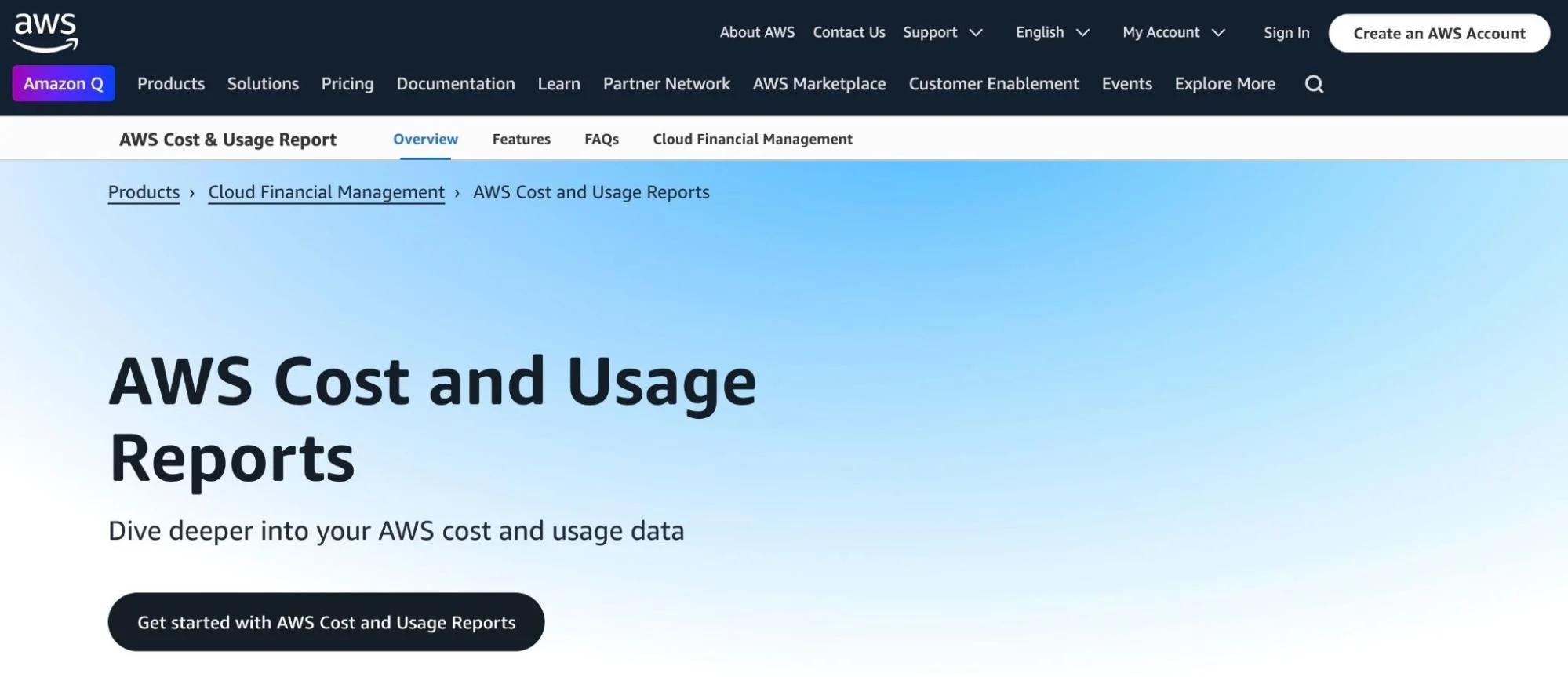
AWS Cost and Usage Report (CUR) offers detailed billing data of all your AWS costs and usage in raw format.
CUR enables users to export cost data to an Amazon S3 bucket. This data includes costs broken down by the hour, day, or month, along with product-specific and resource-specific usage information. Users can then customize this data further using tags to categorize costs.
CUR also provides reports into Reserved Instances (RIs) and Savings Plans. This includes how much you save and how discounts are applied across instances.
4. AWS Cloudwatch
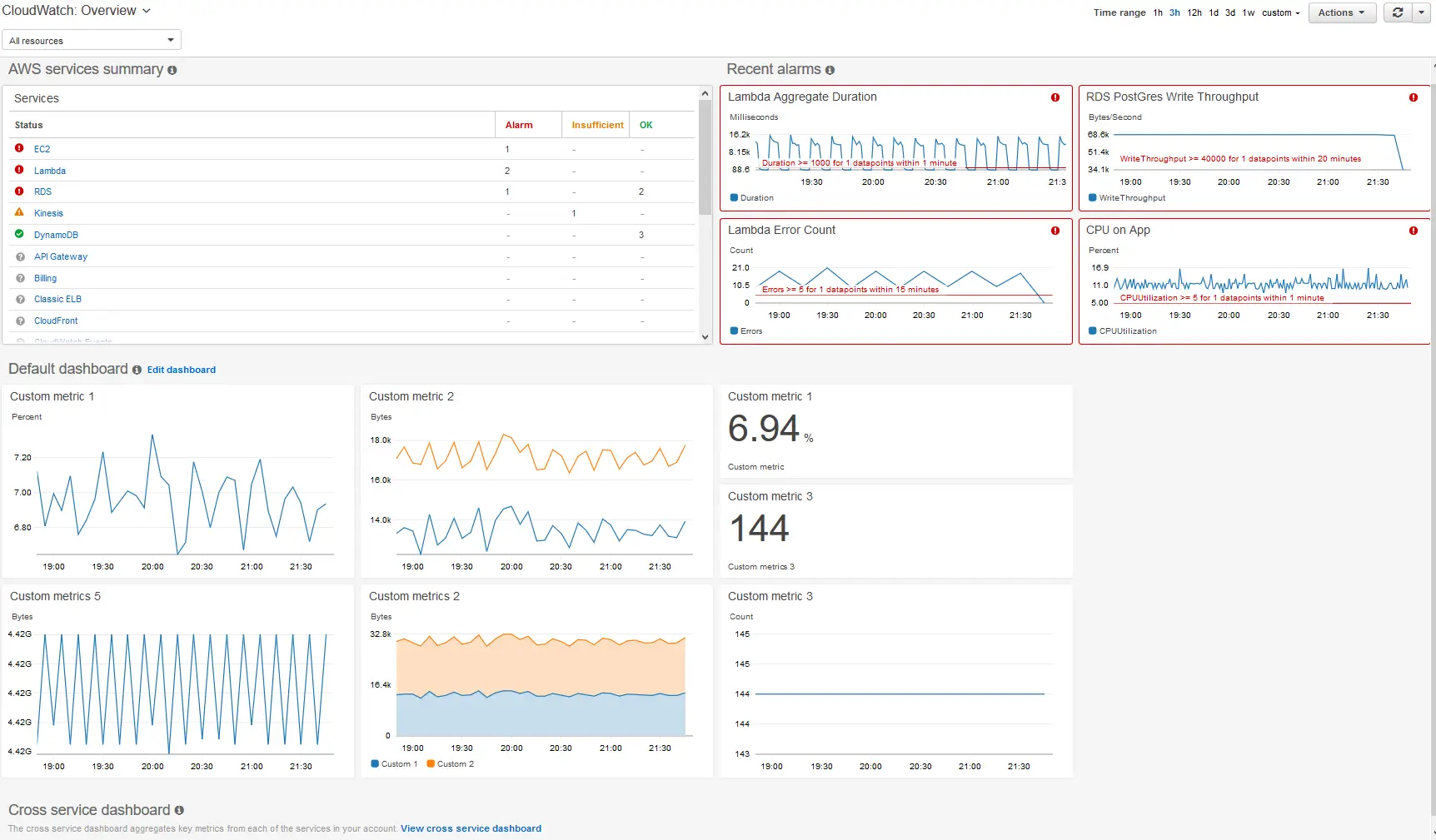
AWS CloudWatch collects and organizes metrics from services such as EC2, S3, and RDS, giving users real-time insights. This helps monitor CPU, memory, and disk activity, ensuring systems run optimally.
CloudWatch also provides alarms that can trigger automated responses when performance thresholds are exceeded. These alarms allow users to take immediate action, such as scaling up resources.
The CloudWatch Logs can monitor, store, access, and analyze logs from AWS services and custom applications.
However, CloudWatch can result in high costs if it is not managed. This CloudWatch pricing guide breaks down its costs and offers cost optimization strategies.
5. ProsperOps
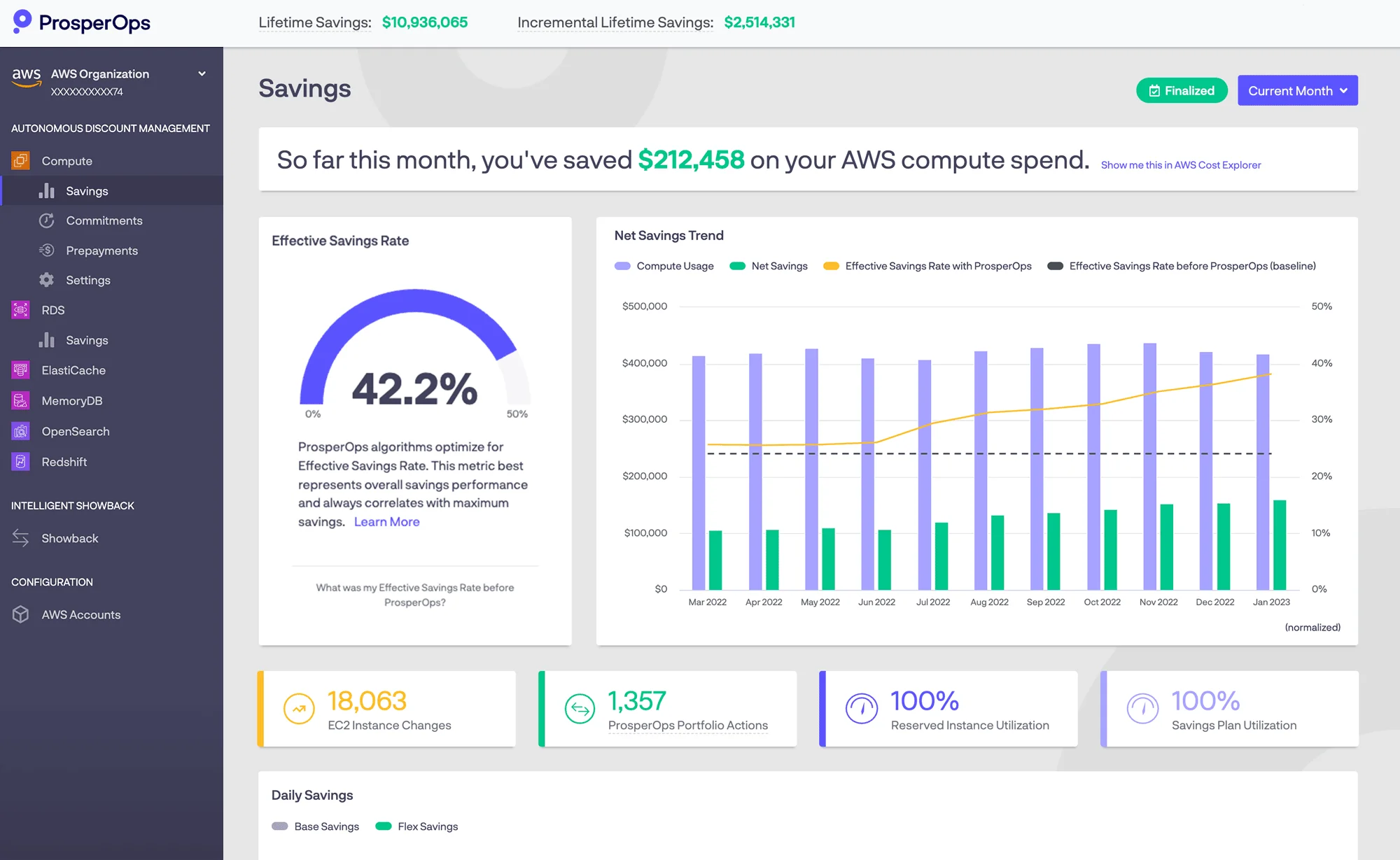
ProsperOps automatically purchases, resizes, and adjusts RIs and Savings Plans based on real-time AWS usage. This eliminates the need for manual management of discount instruments. It also ensures that users’ cloud resources are continuously aligned with the best pricing options AWS offers.
ProsperOps also maximizes the Effective Savings Rate (ESR), which reflects the actual savings realized from RIs and Savings Plans. It continuously adjusts these commitments based on real-time usage to ensure you achieve the highest possible savings.
ProsperOps partners with CloudZero to offer automated rate optimization and cost intelligence for AWS customers.
6. CloudCheckr
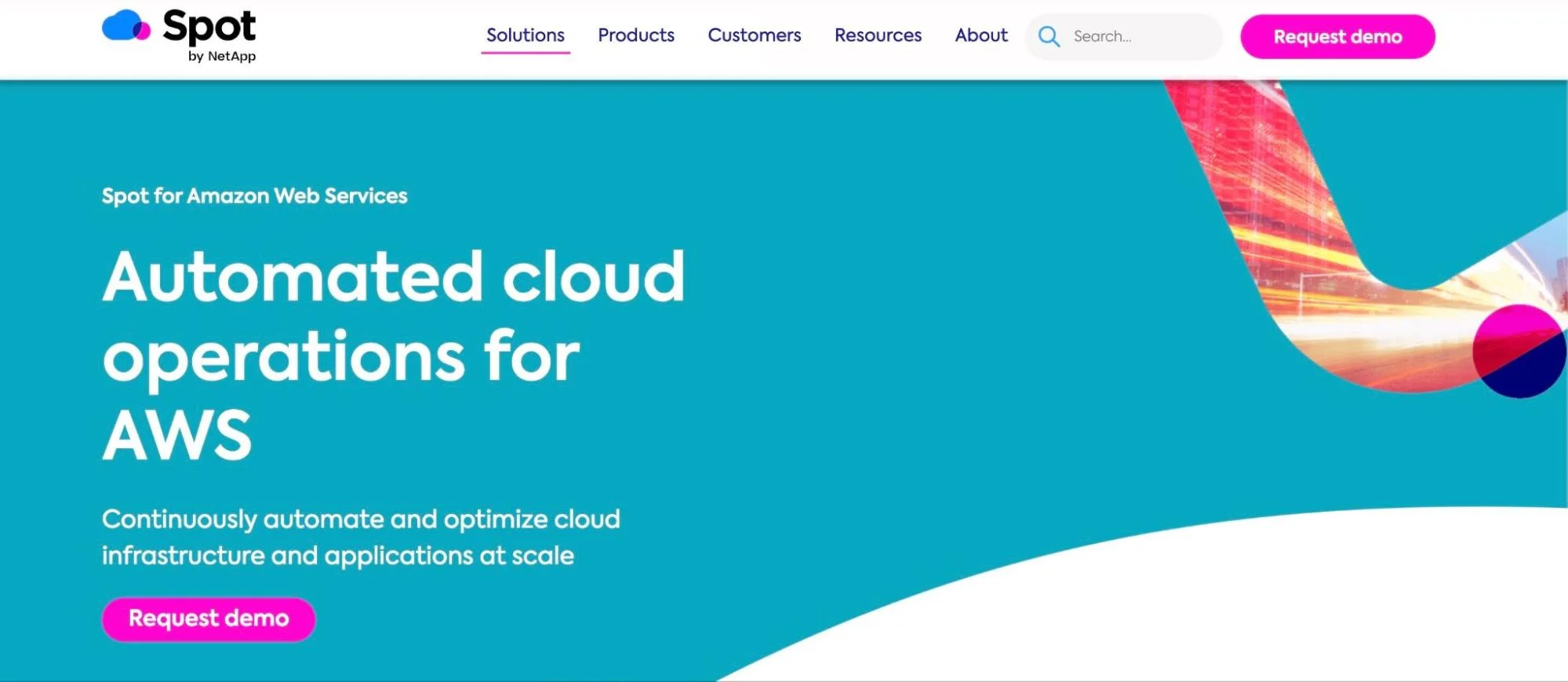
CloudCheckr, part of Spot by NetApp, provides visibility into provisioned cloud resources and tracks changes made to the infrastructure. It identifies opportunities to improve use through right-sizing and rebalancing, helping organizations ensure they aren’t over-provisioning resources.
With support for 36 compliance standards, CloudCheckr ensures that AWS environments stay compliant. It offers automated checks and remediation for common compliance issues.
It also offers advanced billing capabilities, including flexible options for chargeback and showback. This enables organizations to price and charge cloud services based on usage.
Here are more CloudCheckr alternatives.
7. Finout

Finout supports major cloud providers, AWS, GCP, and Azure and services such as Snowflake, Databricks, and Datadog.
The platform’s Instant Virtual Tagging feature enables users to allocate 100% of cloud spending into unit costs like teams, features, and regions. This makes it easier to manage shared costs and connect data with enterprise BI tools for deeper insights into spending patterns. Once costs are allocated, Finout enables advanced cost governance and waste detection.
Finout also sets alerts for anomalies and features customized dashboards for track spending, usage, and waste.
Read more about Finout alternatives for effective cloud cost monitoring.
8. Densify
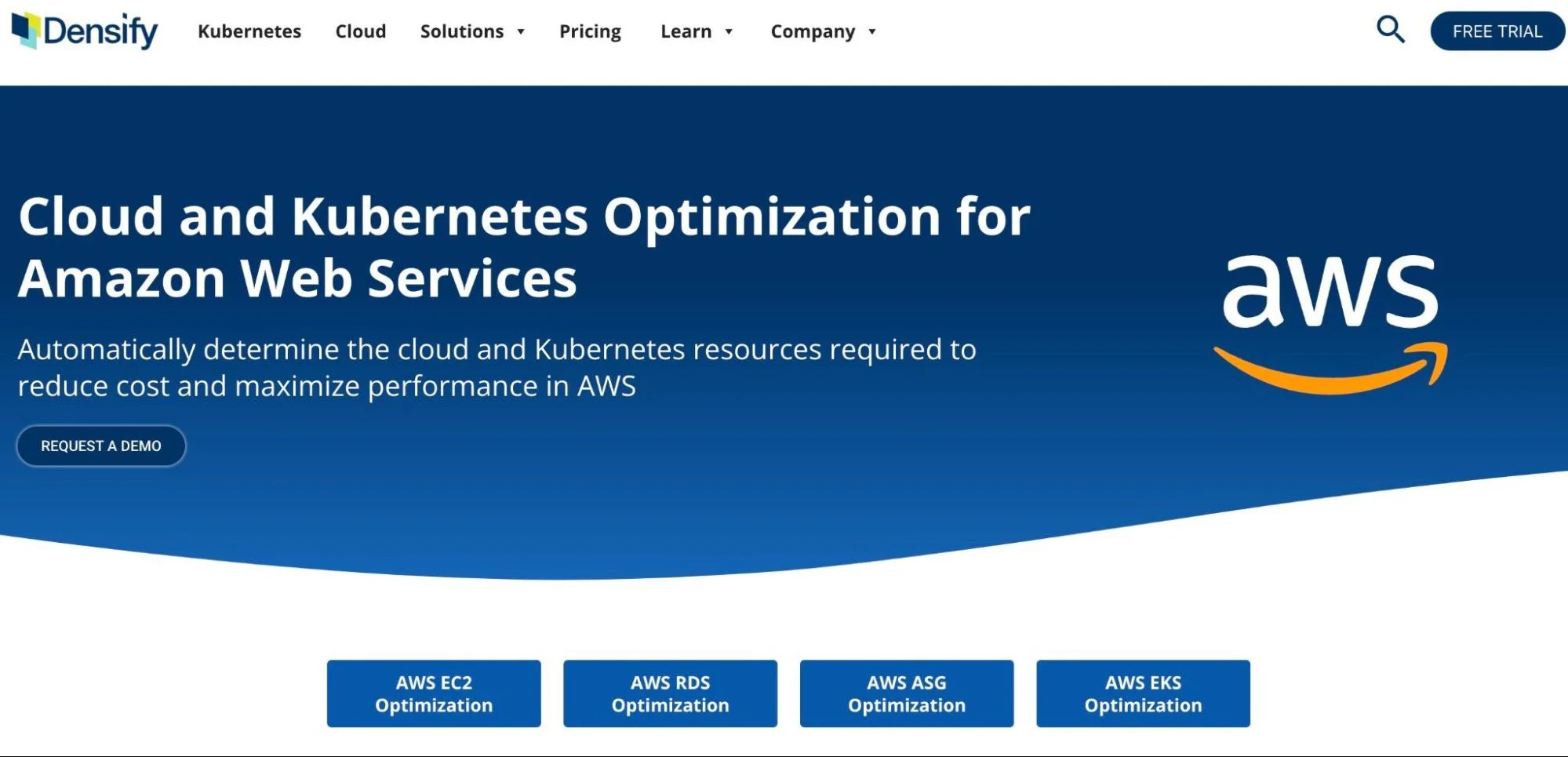
Densify uses machine learning to optimize cloud and Kubernetes resources for AWS. It analyzes workload patterns to right-size instances, avoiding over or under-allocation of resources.
The platform also provides visualization metrics for EC2, RDS, and ASG instances, enabling teams to track historical use and scaling behavior.
Densify also extends AWS cost optimization across hybrid cloud environments and on-premise infrastructures.
9. Cloudbolt

CloudBolt offers a single-pane view across multiple AWS accounts and regions, simplifying orchestration. It supports self-service provisioning, configuration management, and advanced automation to reduce the complexity of handling the AWS ecosystem.
It also provides cost management features, helping users predict and control AWS costs. These include to track costs across regions, instance types, and reserved instances, offering better visibility into cloud spend.
CloudBolt also supports hybrid cloud deployments.
Looking for more alternatives? Check out this comprehensive AWS Cost Optimization Tools And Best Practices guide.
What’s Next: Set Up And Configure CloudZero With AWS For Superior Cost Optimization
The integration between CloudZero and AWS is simple. It works by automating the connection of your AWS account with CloudZero through AWS CloudFormation templates. Once set up, CloudZero accesses billing and usage data from AWS via services like AWS Cost and Usage Reports and CloudTrail. This data is then processed and visualized, providing real-time insights into AWS costs broken down by business metrics.

